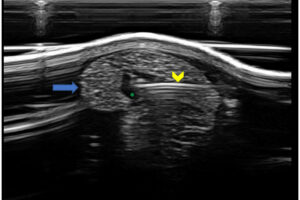
Can APS Help Treat Tendonitis in Horses?
Autologous protein solution, an orthobiologic therapy, might help veterinarians treat hard-to-heal tendon injuries.

Autologous protein solution, an orthobiologic therapy, might help veterinarians treat hard-to-heal tendon injuries.

Training horses in the spring and summer can present some challenges. Learn how your horse’s body adapts to exercise training, how he acclimates to spring and summer weather conditions, and what you can do to help him perform at his best.

Deep digital flexor tendon injuries, especially those in the pastern area, rarely act alone.

Indications for their use and how veterinarians choose between the two therapies.

Veterinarians share their thoughts on stem cells, IRAP, and platelet-rich plasma.
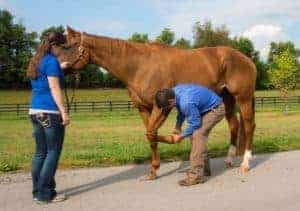
Learn about five reasons for limb swelling in horses, from benign triggers to causes for major concern.

Read about three real-life examples of equine athletes that made full recoveries from their injuries, including their diagnostic challenges, rehab modalities, and recovery details.
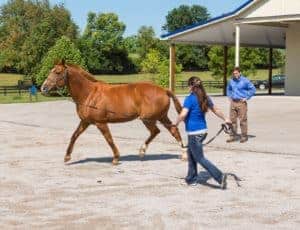
While forelimb lamenesses are fairly common, hind-limb issues can be less obvious and even underdiagnosed. Learn about the common causes of lameness in the hind end and how to diagnose and treat them.

Researchers found an inverse relationship between length of paddock turnout and risk of soft tissue injuries in nonelite horses.

What prevention steps can I take for my horse’s rear leg swelling after exercise?

Get an update on the use of stem cells in horses and research leading us into the future.

Learn how ultrasound tissue characterization can help veterinarians guide horses’ return from injury.
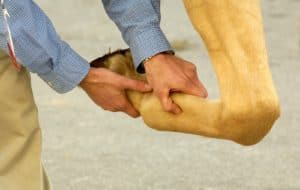
The body delivers blood to help tendons heal. Power Doppler can identify when blood is present in horses’ injuries that veterinarians might otherwise believe to have recovered.

Sometimes rest is the best recipe for recovery for an injured horse. Learn about the science of healing, aggressive vs. conservative treatment, and exercise rehabilitation.
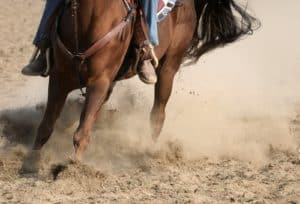
A deep branch lateral plantar neurectomy and fasciotomy procedure can get affected horses back to work.

Seven measurement tools and methods veterinarians can implement into equine rehabilitation programs to track progress.
Stay on top of the most recent Horse Health news with
© 2022 Copyright Statement dolor sit amet, consetetur sadipscing User Terms, sed diam nonumy eirmod tempor invidunt ut labore et dolore magna aliquyam erat, sed diam voluptua. At vero eos et accusam et justo duo dolores et ea rebum. Stet clita kasd gubergren, no sea takimata sanctus est Lorem ipsum dolor sit amet.
"*" indicates required fields